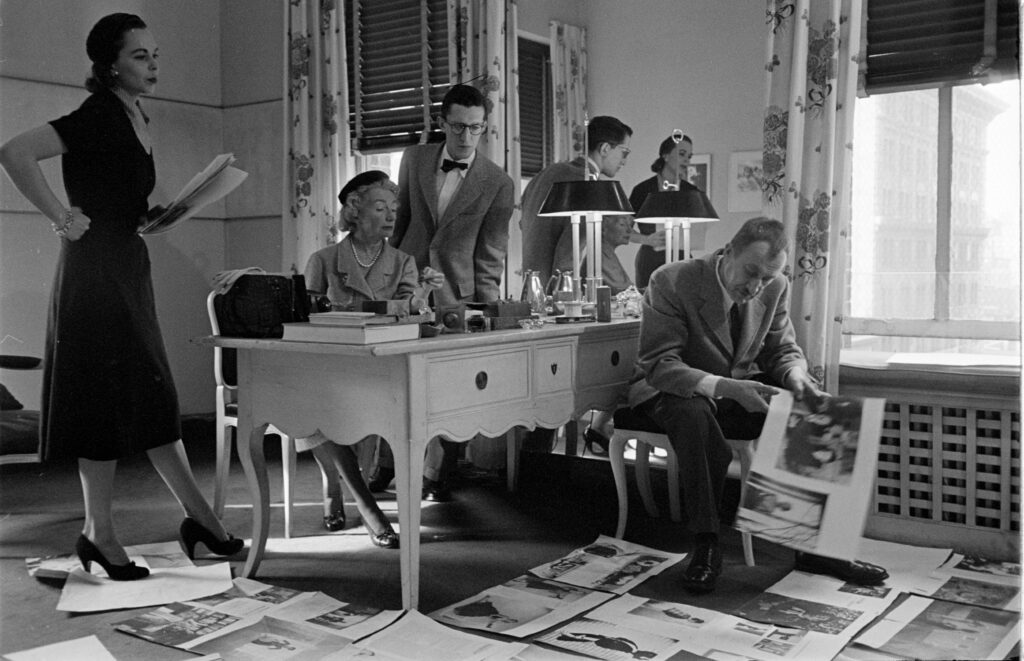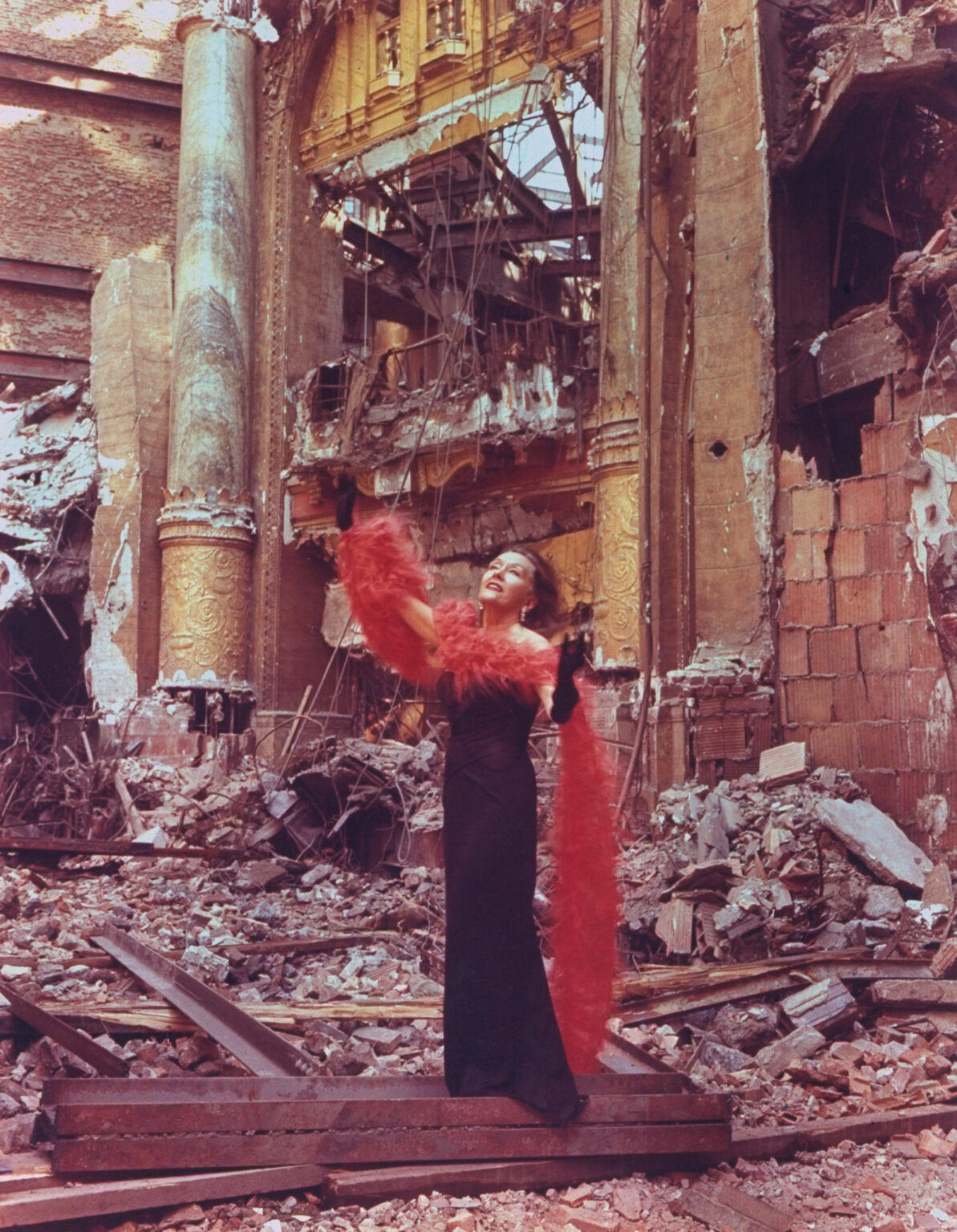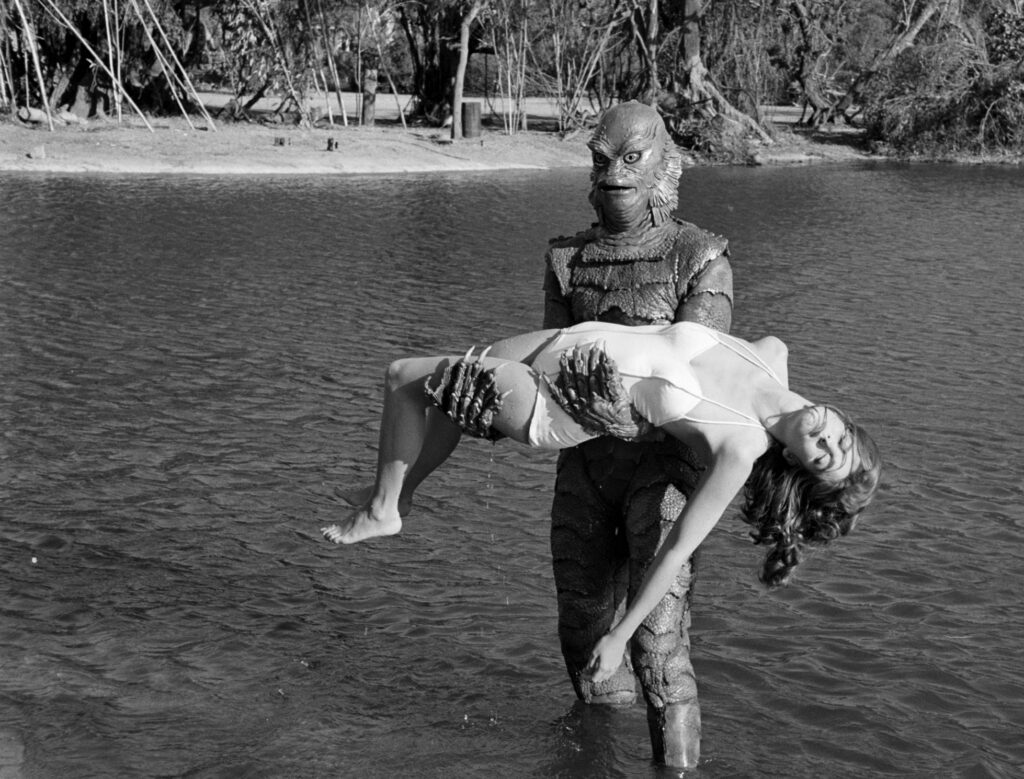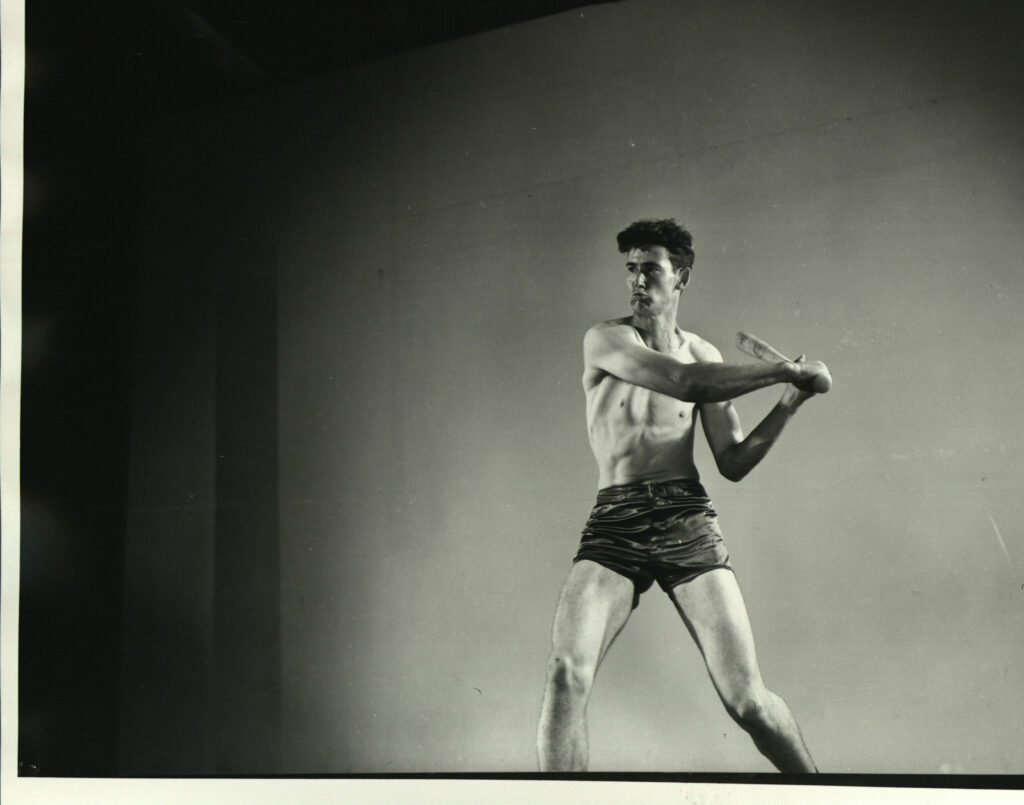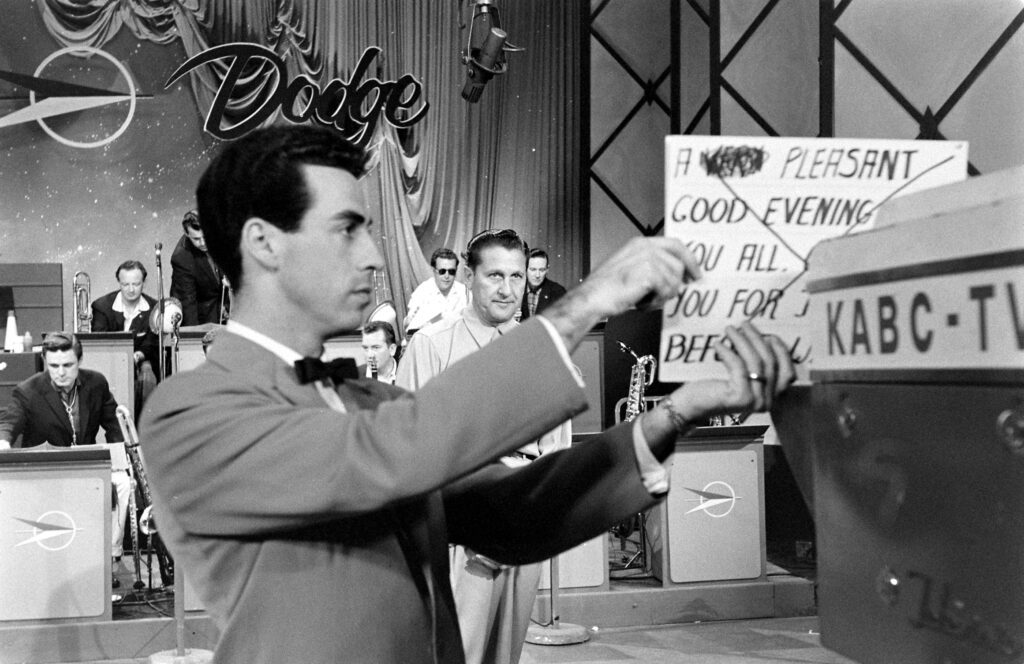In 1939 LIFE devoted a themed issue to the future of America, and it led off its reporting with a big piece on the Pacific Northwest, which the magazine predicted would be an engine of of growth as the country looked to move past the Great Depression. The region was described by hopefuls as “the last frontier” and “the promised land.” The big change afoot at the moment was the construction of the Grand Coulee Dam, which would became a major new source of power. And the Pacific Northwest in general was hailed for natural resources that were waiting to be tapped, and whose vast expanses were still only lightly populated. LIFE wrote, “Beyond the cities of the coast lie mighty reaches of forest, mountain, valley and river where you may go for miles and miles and see only a thread of railroad track or a lonely settler’s clearing as evidence of man’s presence on the giant earth.”
Alfred Eisenstaedt expertly captured the change that was coming to this Eden. Many of his pictures are striking on their own, from the images of a man at work in a teeming Seattle lumber yard, to dam construction, to the fishermen along the majestic Columbia River, to the characters of rural life. But taken together, Eisenstaedt illustrated what it looks like when civilization comes to the prairie. Consider his image of barefoot boys riding a tricycle alongside a highway that is only going to get busier.
LIFE wrote that these photos of Eisenstein were documenting not just a pivotal moment for the Northwest, but for the Amerca as a whole. The piece ended with this somber message to readers about a country making a fundamental transition:
The old American frontier, where a strong man with an axe and plow could take up free land and make his way regardless of his neighbors, is gone. In the industrial civilization of today and tomorrow, no region, no city, no business, no individual in America will ever be able to prosper alone and independent of the rest. The new frontier is one on which, working together for the common good, American will use their great technical and creative resources to produce the full abundance of which the American land is capable, an abundance which will make the long American Dream of dignity and freedom and equal opportunity for every citizen at last come true.

Fishing on the Columbia River in Oregon, 1939.
Alfred Eisenstaedt/LIfe Picture Collection/Shutterstock

Fishing on the Columbia River in Oregon, 1939.
Alfred Eisenstaedt/LIfe Picture Collection/Shutterstock

Fishing on the Columbia River in Oregon, 1939.
Alfred Eisenstaedt/Life Picture Collection/Shutterstock

Life in the Pacific Northwest, 1939.
Alfred Eisenstaedt/LIfe Picture Collection/Shutterstock

Life in the Pacific Northwest, 1939.
Alfred Eisenstaedt/Life Picture Collection/Shutterstock

Construction of the Grand Coulee Dam, 1939.
Alfred Eisenstaedt/Life Picture Collection/Shutterstock

Construction of the Grand Coulee Dam, 1939.
Alfred Eisenstaedt/Life Picture Collection/Shutterstock

Construction of the Grand Coulee Dam, 1939.
Alfred Eisenstaedt/Life Picture Collection/Shutterstock

Grand Coulee, Washington, 1939.
Alfred Eisenstaedt/LIfe Picture Collection/Shutterstock

Grand Coulee, Washington, 1939.
Alfred Eisenstaedt/Life Picture Collection/Shutterstock

Life in the Pacific Northwest, 1939.
Alfred Eisenstaedt/Life Picture Collection/Shutterstock

Life in the Pacific Northwest, 1939.
Alfred Eisenstaedt/LIfe Picture Collection/Shutterstock

Life in the Pacific Northwest, 1939.
Alfred Eisenstaedt/Life Picture Collection/Shutterstock

Life in the Pacific Northwest, 1939.
Alfred Eisenstaedt/Life Picture Collection/Shutterstock

A post office in the Pacific Northwest, 1939.
Exterior view of a post office in the US Northwest region, 1939.

Life in the Pacific Northwest, 1939.
Alfred Eisenstaedt/Life Picture Collection/Shutterstock

Children playing on seesaws in the Pacific Northwest, 1939.
Alfred Eisenstaedt/LIfe Picture Collection/Shutterstock

Life in the Pacific Northwest, 1939.
Alfred Eisenstaedt/LIfe Picture Collection/Shutterstock

Life in the Pacific Northwest, 1939.
Alfred Eisenstaedt/LIfe Picture Collection/Shutterstock

Life in the Pacific Northwest, 1939.
Alfred Eisenstaedt/LIfe Picture Collection/Shutterstock

Life in the Pacific Northwest, 1939.
Alfred Eisenstaedt/LIfe Picture Collection/Shutterstock

A sheep ranch in the Pacific Northwest, 1939.
Alfred Eisenstaedt/LIfe Picture Collection/Shutterstock

Life in the Pacific Northwest, 1939.
Alfred Eisenstaedt/LIfe Picture Collection/Shutterstock

Life in the Pacific Northwest, 1939.
Alfred Eisenstaedt/LIfe Picture Collection/Shutterstock

Seattle Cedar Lumber Manufacturing Company, 1939.
Alfred Eisenstaedt/LIfe Picture Collection/Shutterstock

A man at work at the Seattle Cedar Lumber Manufacturing Company, 1939.
Alfred Eisenstaedt/LIfe Picture Collection/Shutterstock

Life in the Pacific Northwest, 1939.
Alfred Eisenstaedt/LIfe Picture Collection/Shutterstock

Seattle, 1939.
Alfred Eisenstaedt/Life Picture Collection/Shutterstock

Blue Lake, Washington, 1939.
Alfred Eisenstaedt/LIfe Picture Collection/Shutterstock

A skier at a resort in the Pacific Northwest, 1939.
Alfred Eisenstaedt/LIfe Picture Collection/Shutterstock





























































































